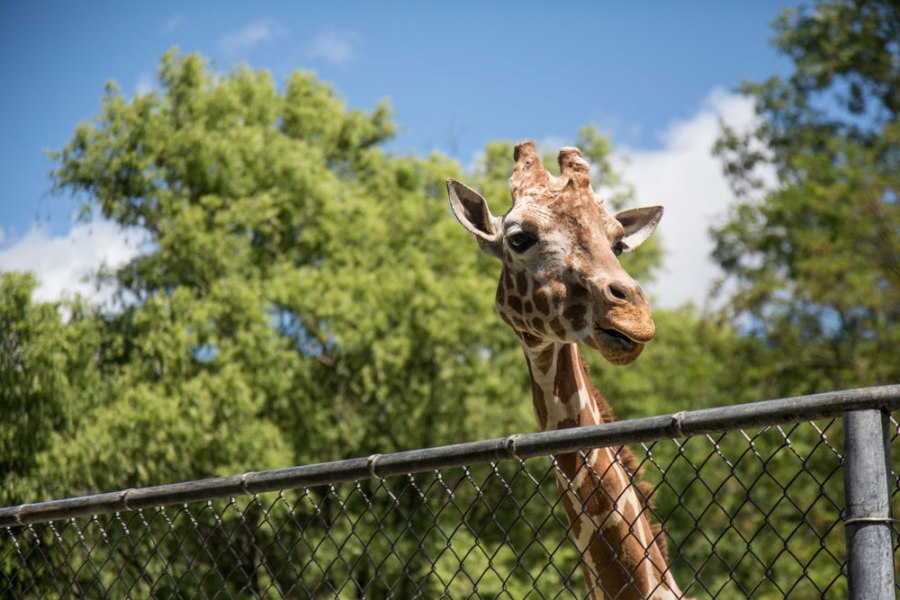Stuck in a photography rut? Lacking inspiration? Or simply want to take better photographs of your furry friends? Then animal photography is a great way to hone your photography skills whilst also having fun, getting to know animals better.
Here we’ll take you through some of the top tips and techniques for better animal photography, helping you take great pictures of animals, plus we’ve got guides on all different types of animal photography, including pets, dogs, birds, wildlife and more, from professional wildlife photographers. If you’re looking to get started in animal photography, then this article is for you!
What camera gear do I need for animal photography?

Fujifilm X-T200 with XC lens options. The X-T200 offers 8fps continuous shooting, whilst the X-T20 offers up to 30fps continuous shooting.
Before you rush out and buy a new camera or lens, check what your existing kit can do, and what the limitations are. Chances are that if you’ve bought a mirrorless camera in the last 10 years, then it might already have a fast continuous shooting speed.
Similarly, if you’re shooting in bright sunny conditions, then you might not need the fastest lens, and your existing lens may be suitable. If you have enough reach or a telephoto zoom, or enough megapixels to crop into the image, then you may already have what you need to get great animal shots.
A telephoto lens lets you get a closer photo of your animal, without you having to be too close, which can be helpful as often wild animals are camera shy. A telephoto lens normally starts at around 100mm (equivalent), and can go up to and beyond 600mm for even more reach when photographing distant animals!
If you just want to take better photos of pets with a smartphone, then you might already have everything you need, so read on to find out how to take better animal photographs with your smartphone.
See our guides to the best cameras for wildlife photography, and the best lenses for wildlife photography, if you want to find out more about the best camera kit for animal photography.
What camera settings should I use for animal photography?
This will depend on both your camera and lens used, as well as what type of animal you are photographing. If you’re lucky enough to own one of the latest cameras then you might find it has animal detection AF, and this can help get more shots in focus when photographing animals, but it isn’t perfect, you’ll still need some skill in getting the shot right.

Know your camera settings to get the best results when photographing animals, pets, and wildlife
This is where knowing your camera well will come in handy. For example, you’ll need faster shutter speeds (such as 1/250s, 1/500s or faster), and therefore will need good light, or a bright lens, or a higher ISO speed, or a combination of all three.
If you don’t have good light, then you might need a brighter lens (with an f1.8 or f2.8 aperture) or a higher ISO speed (such as ISO800 or higher). But if you do have good light, then how good your camera is will matter less. However, one thing that will matter, is your shutter speed, particularly if your subject is moving quickly.
By using continuous shooting, along with a faster shutter speed, you can capture more photos, and give yourself more options when choosing a shot, and it’s likely you’ll help yourself capture the best moment possible. If the animal you want to photograph, is nice and slow, then you might not need to worry too much about this.
How to photograph animals at the Zoo…
If you want to start out with something that is more accessible, rather than taking photographs of animals in the wild, then the Zoo is a great way to see some amazing animals, without having to travel to the other side of the world.

A Giraffe at a zoo, with fencing in the way of the animal. Featured image: Photo by Alexander Ross on Unsplash
Be aware of fences, depending on the Zoo or Wildlife Park, you may be able to get a clear photo, either through a glass window, or sometimes through a gap in a fence or above or below a fence. If you do have to shoot through a fence, a telephoto zoom lens will come in handy, or you could edit out the fence at a later date. Although this is going to be time-consuming and will reduce the quality of your image, unless you’re particularly skilled at editing.
Zoos aren’t the only place you’ll find animals to photograph! Have a look for a local aviary, bird sanctuary, or a tropical house, where you’re likely to find not only birds, but also other creatures like butterflies, and more. Make sure you do your research before visiting, so you can find out what animals you’re likely to see.
How do I take animal photographs with a smartphone?
How successful you are at taking photos with your smartphone will depend on two main things:
- How close you are to your subject
- How much zoom you can use whilst still getting good quality images
If you have a premium or flagship smartphone with a telephoto camera, such as a 2x, 3x, 4x or 5x telephoto camera, or perhaps even a 10x telephoto camera, like on some Samsung Galaxy smartphones, then you’ll be able to use this “zoom” to get a closer picture of the animal or creature.
However, if you don’t have a zoom or telephoto camera, then you’ll have to either, get physically closer to the subject, where safe to do so, or you’ll have to use the digital zoom. On some smartphones, like the Google Pixel range, you’ll be able to use up to about 2x zoom and still should get reasonable images. Beyond this and image quality is likely to look much worse.
Photographing pets with your smartphone
Photographing pets with your smartphone is a great way to start practicing your photography of animals, by seeing what composition and framing works best. You’ll also need to be aware of light levels and as with all photography subjects, how much light you have, and what that light looks like plays a massive part in making great images.
How to photograph pets: pet photography tips and tricks
How to photograph animals at night…
Low-light photography is going to test your camera and lens at its limits, and it’s in low-light conditions that you will be pushing higher ISO speeds, and needing brighter aperture lenses, to help keep the shutter speed high enough. Unless you have the latest flagship smartphone, then a smartphone is likely to struggle in this shooting environment.
The newer the camera the better it will be at dealing with noise from higher ISO speeds, but if you’re using an older camera, then shooting in raw will give you greater control over noise processing, as well as letting you use the latest software, and the latest noise reduction techniques.
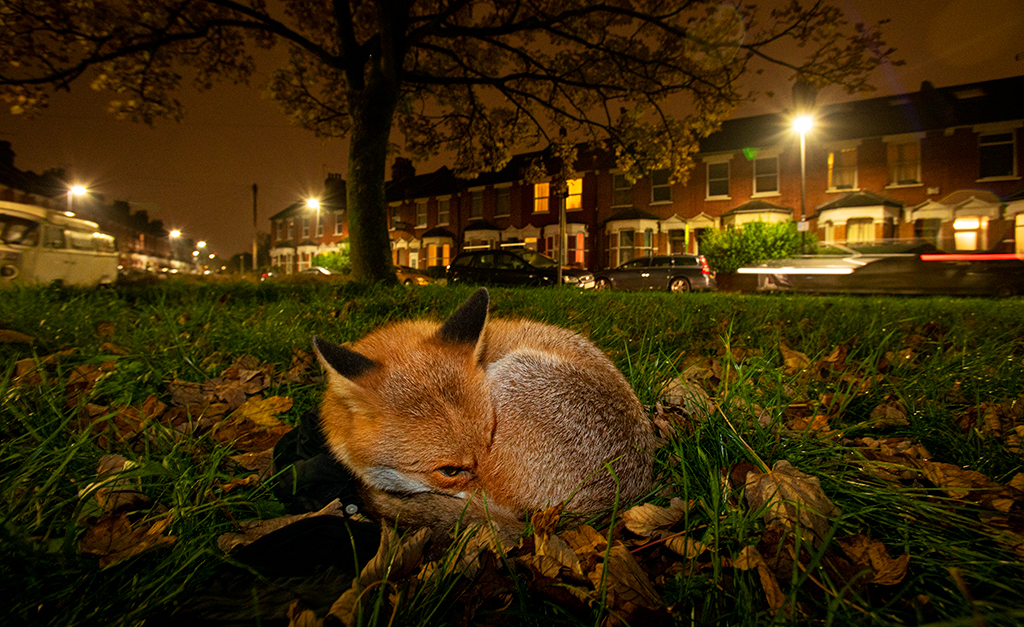
Urban Fox, Matt Maran, photographing urban foxes.
If you’re looking for somewhere to start, then look for local or urban wildlife, such as the urban fox. If you live in a built-up area, then you may have seen them around when on evening walks, and with some practice and patience you should be able to photograph these fluffy creatures. See our guide to photographing urban foxes.
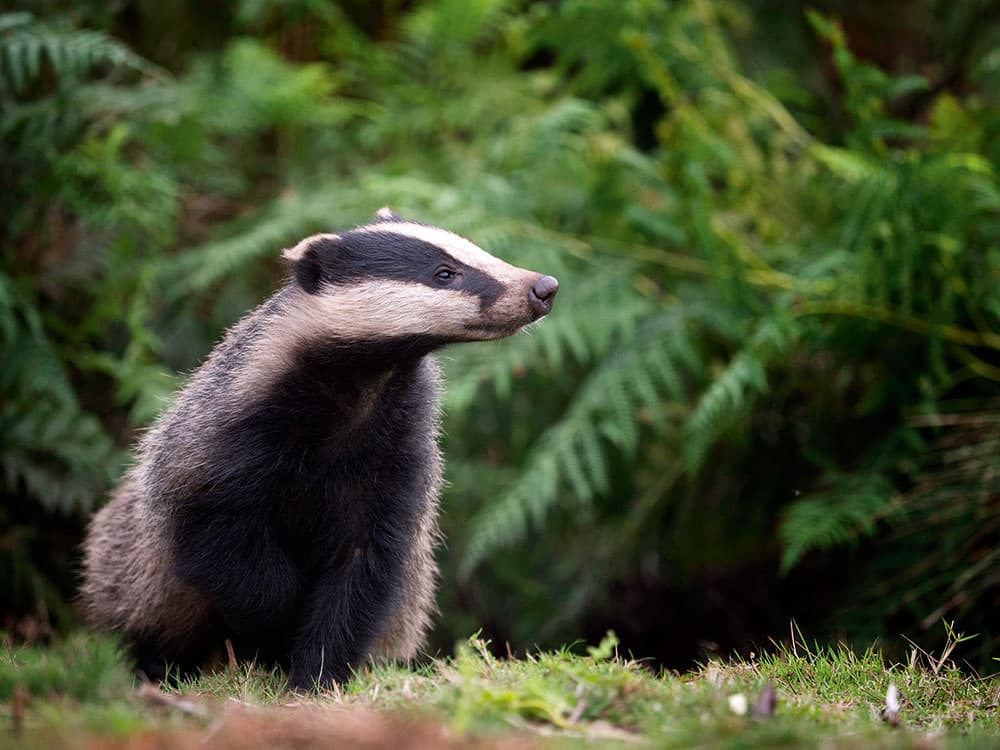
Olympus OM-D E-M1 Mark II, 40-150mm, 1/400sec at f/2.8, ISO 800. Photo: Tesni Ward
Photographing nocturnal animals, such as the fox, badger, owl, bat, and others can be a rewarding but challenging subject to photograph. But with some effort you can capture some amazing shots.
More great guides on photographing animals:
We round up even more top tips on photographing animals in these guides, whether you’re just starting, or wanting to photograph a specific subject, these guides are written to help you, with each one looking at a specific type of animal photography.
How to shoot wildlife photography – beginners guide:
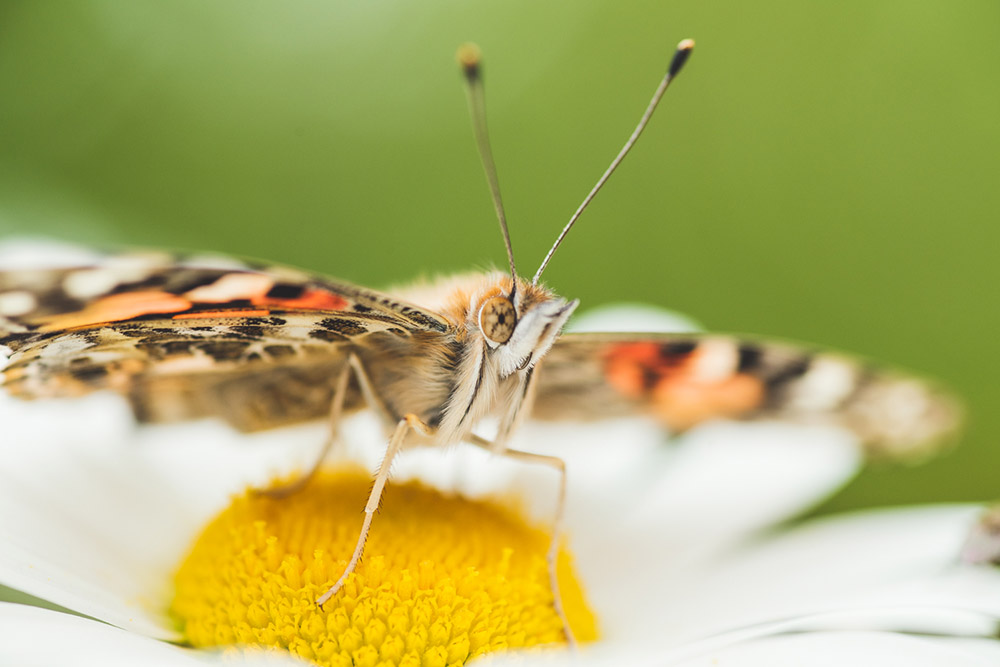
The garden is an excellent location for all kinds of wildlife. Copyright: Claire Gillo
In this guide to wildlife photography, you’ll get the low-down on kit you can use to photograph wildlife, as well as different options, ideas and inspiration on how to shoot wildlife photography.
How to photograph dogs:

Dexter and Fin, Nikon 17-35mm f/2.8, 1/1000sec at f/6.3, ISO 140. Photo: Rhian White.
It’s no surprise that millions of people own and love dogs, and by having a look at our guide on how to take great photographs of dogs you’ll be able to get the best ever photographs of dogs.
How to photograph birds and other fast-moving animals

OM System OM-1, 40-150mm f2.8 with 1.4x TC, 210mm, 1/500s, ISO1250, F4. Photo: Joshua Waller
You don’t need the fastest camera in the world, but it can certainly help, with cameras like the OM System Olympus OM-1 offering up to 120fps continuous shooting, as well as bird-detection AF settings. You’ll find there are a number of different tips you can use, even without the fastest camera in the world, in these articles on bird photography with Tesni Ward, as well as high-speed bird photography with Andrew Fusek Peters, and for even more have a look at our guide on how to capture fast-moving birds (and animals) – you’ll also find a guide here on how to setup a bird friendly feeder in your garden.
Photographing wildlife by understanding animal behaviour

Black squirrel, Fujifilm X-H2, 1/120s, f/3.2, ISO250, 55mm, +0.3EV, Photo: Joshua Waller
By studying and understanding the behaviour of the animals you’re most interested in photographing, you’ll be able to more easily anticipate their movements and patterns, helping you be in the right place at the right time to capture the best photos. Our guide from professional photography Elliot Neep expands on this: Photographing wildlife by understanding animal behaviour.
Get inspiration from the Top 15 best wildlife photos:

© Shubhodeep Roy, winner of Natural Round of Young APOY 2021
We’ve rounded up some of the best wildlife photos taken over the last couple of years, and you’ll find some awe-inspiring examples of creative and stunning animal photographer here: Check out the top 15 best wildlife photos!
How to be an ethical wildlife photographer:
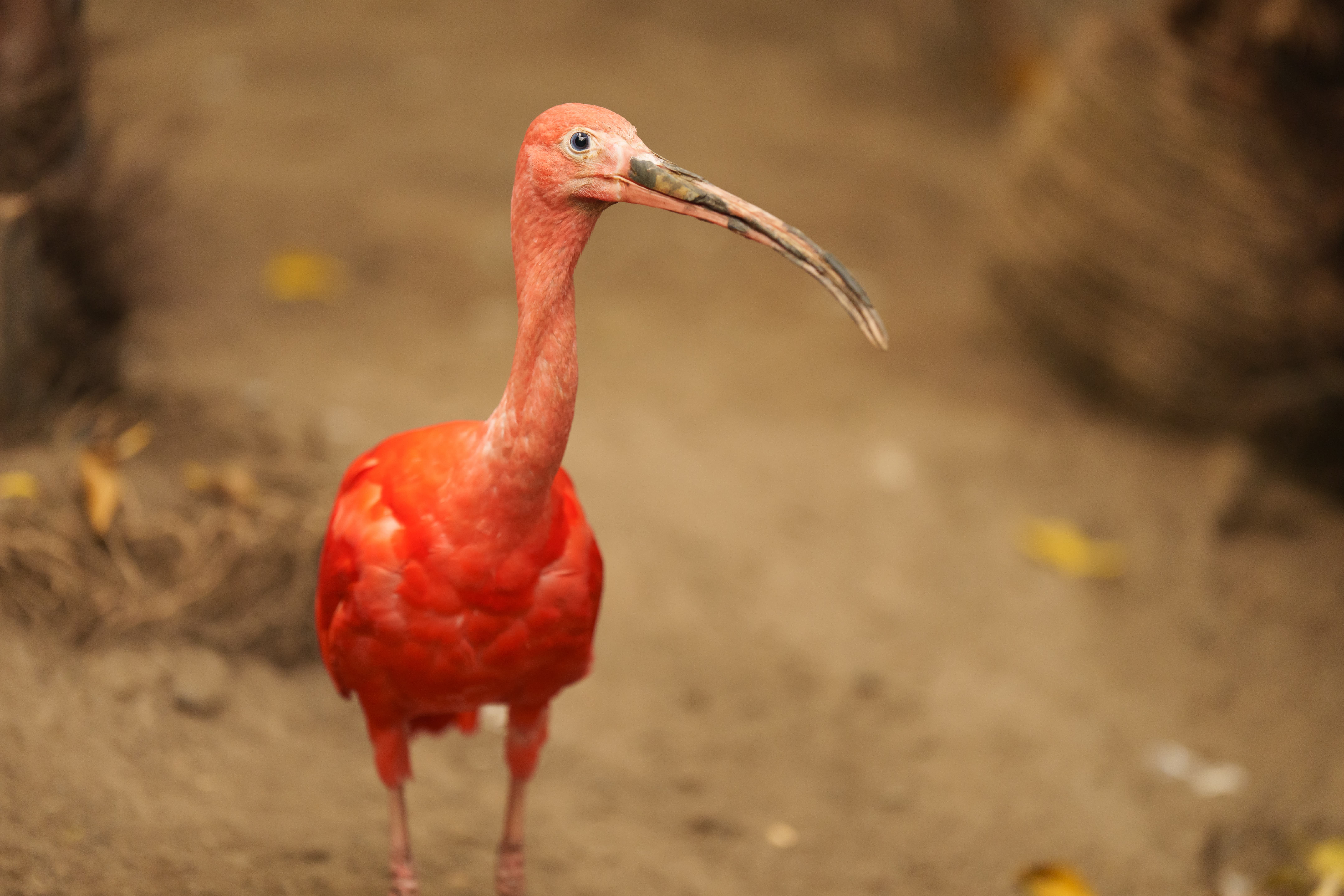
Scarlet Ibis at Leeds Tropical World, 1/200s, f/2.8, ISO1250, Sony 70-200mm at 191mm, with Sony A1, ACR, Photo: Joshua Waller
Being a responsible and ethical animal and wildlife photographer can be a minefield. Here Peter Dench sources some essential guidelines from ethical experts working in the field: How to be an ethical wildlife photographer.
Why you should photograph wildlife at low angles:
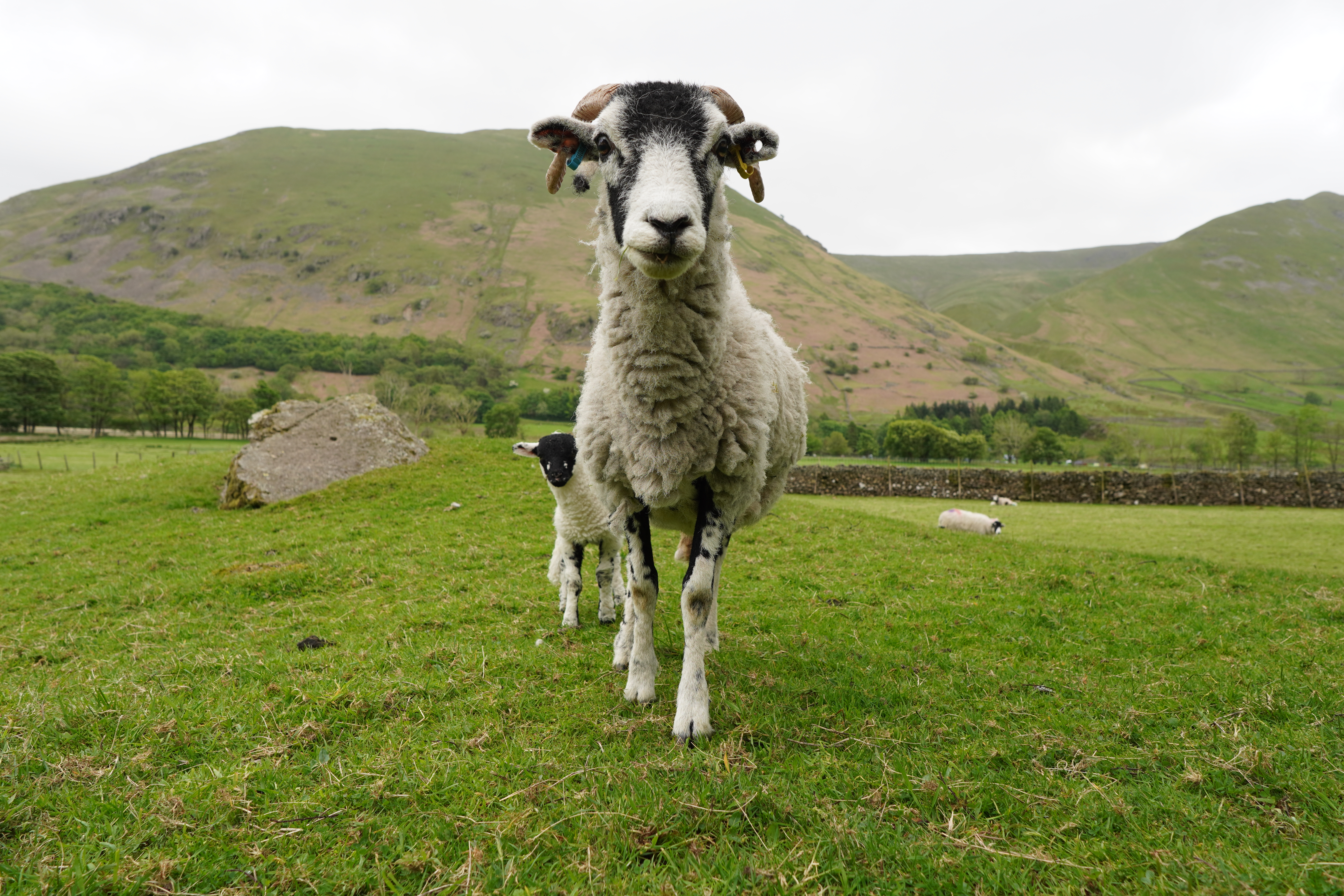
A lucky encounter with a sheep taken from a low angle, Sony E 15mm F1.4 G, 1/160s, f/4.5, ISO100, JPEG straight from camera, photo: Joshua Waller
Professional wildlife photographer Marsel van Oosten has written a number of articles for Amateur Photographer, including why you should photograph wildlife at low angles, plus how to deal with shooting wildlife in bad weather.
Photographing animals and wildlife underwater:

Jellyfish, taken with the Olympus Tough TG-6, photo Joshua Waller
You’ll find amazing looking animals above land, but look underwater, and there are even more amazing things to see. Whether that’s at an aquarium or your local seaside, we’ve got a complete guide to underwater photography. If you’re in need of an underwater camera, then have a look at our guide to the best waterproof cameras.
Photographing birds in your garden:
By setting up a welcoming environment for garden birds, you can get amazing bird photographs without having to leave your home! This guide from Andrew Fusek Peters explains how easy it is to setup a bird photo haven for birds to visit, letting you get great shots!
More on photographing animals:
Features photo by Alexander Ross on Unsplash. Article: Joshua Waller

